Spacing Limelight
clairetn
14 years ago
Related Stories

KITCHEN DESIGNWhite Appliances Find the Limelight
White is becoming a clear star across a broad range of kitchen styles and with all manner of appliances
Full Story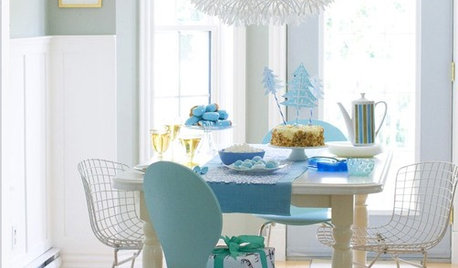
LIGHTINGNew Classics: The Ikea Maskros Light
Light-as-a-dandelion pendant adds big, fluffy fun to all kinds of living spaces
Full Story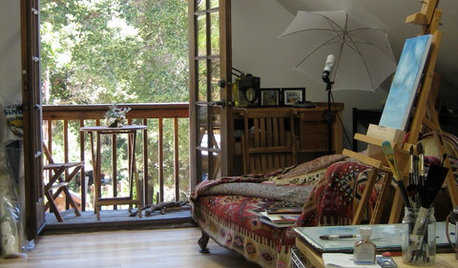
STUDIOS AND WORKSHOPS14 Home Studios That Nurture Creativity and Art
The Hardworking Home: Houzz readers show us spaces where they paint, photograph and craft — and tell us what makes their rooms work for them
Full Story
DECORATING GUIDESColor Feast: Yes, You Can Use Blue in the Dining Room
The sky's the limit for beautiful blues in your home's dining spaces; here's how to make it work
Full Story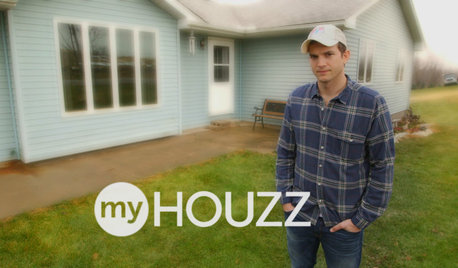
BASEMENTSHouzz TV: Ashton Kutcher Surprises Mom With the Basement of Her Dreams
In a new Houzz original series, the actor uses the Houzz app to find a designer and shop products to turn the dark area into a bright space
Full Story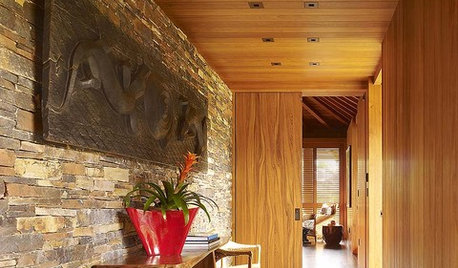
LIGHTINGRecessed Lighting 101
Looking to brighten a drab, dim space? Recessed lighting may be your answer. Here's what you need to know
Full Story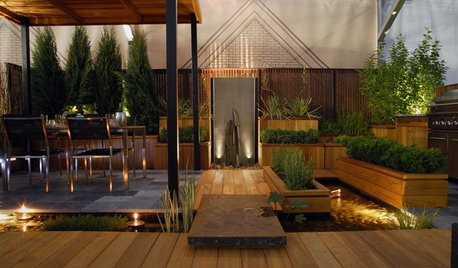
LANDSCAPE DESIGN10 Designs Bring Theatrical Drama to the Garden
See plants, statues and lighting that can bring the drama of the stage to your outdoor space
Full Story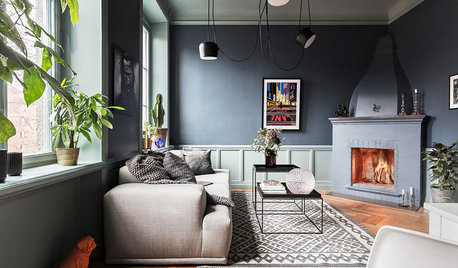
DECORATING GUIDESWhat Goes With Black Walls?
Once seen only in teenagers’ bedrooms, black these days is chic and showing up everywhere. Learn which colors are its perfect partners
Full Story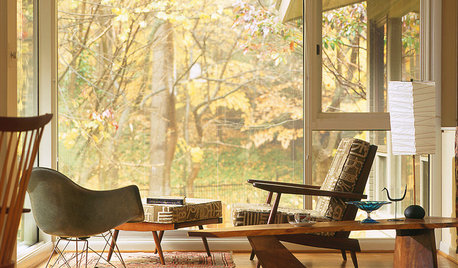
DECORATING GUIDESSo Your Style Is: Midcentury Modern
This singular design style blends arresting shapes, graphic patterns and quirky accents. Here's how to make it yours
Full Story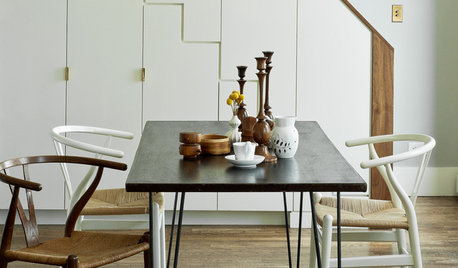
FURNITURESlim Down and Shape Up With Hairpin Furniture Legs
Get your furniture up and running in midcentury style with thin U-shape legs you can find vintage or new
Full StoryMore Discussions






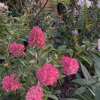

clairetnOriginal Author
gardengal48 (PNW Z8/9)
Related Professionals
Baltimore Landscape Architects & Landscape Designers · Clemson Landscape Architects & Landscape Designers · Rossville Landscape Architects & Landscape Designers · Waunakee Landscape Architects & Landscape Designers · Westwood Landscape Contractors · Flagstaff Landscape Contractors · New Braunfels Landscape Contractors · Plantation Landscape Contractors · Santa Ana Landscape Contractors · St. Louis Landscape Contractors · Waterford Landscape Contractors · Markham Landscape Contractors · Ferguson Landscape Contractors · Oak Park Siding & Exteriors · West Milford Siding & ExteriorsclairetnOriginal Author
ego45
gardengal48 (PNW Z8/9)
madeyna
gardengal48 (PNW Z8/9)
ego45
gardengal48 (PNW Z8/9)
clairetnOriginal Author
Pat z6 MI